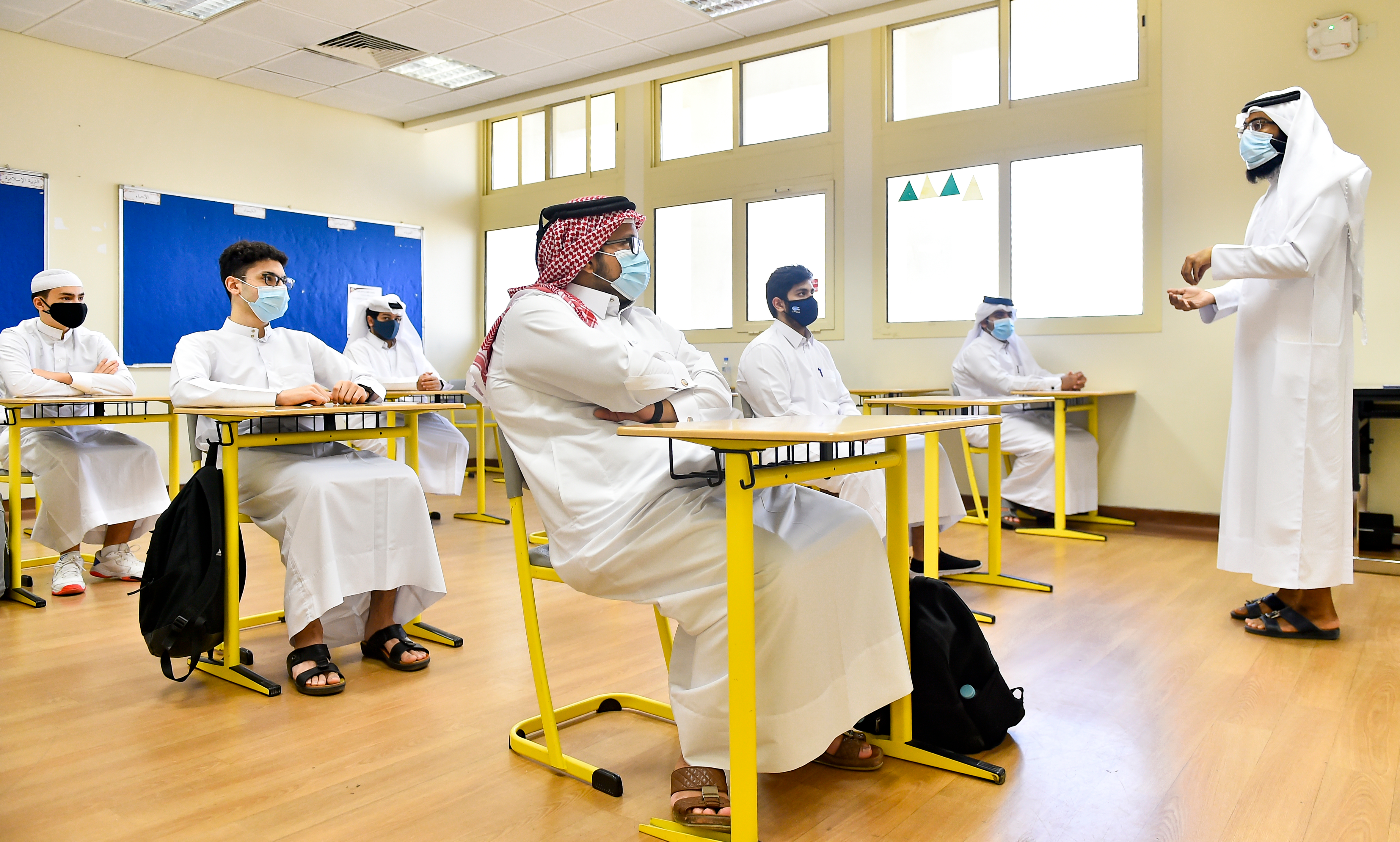COVID-19 and the sharp fall in hydrocarbon revenues will lead to a contraction of real GDP growth of 2% in 2020. The decline has been mitigated by infrastructure related spending ahead of the FIFA World Cup in 2022, continued expansion of LNG capacity, and fiscal and monetary response. Steps taken to improve the business environment, as well as the final push ahead of the World Cup are expected to underpin growth in the medium-term.
Qatar has been struck very hard by COVID-19 both through global demand and price channels as well as through the domestic health impact (more than 120,000 cases reported by September 9, 2020), the second highest exposure in the GCC. Yet stringent containment measures, aggressive testing and trace policies, as well as the effectiveness of the Qatari health care system, have resulted in the second lowest death rate amongst this group of countries (73 deaths per one million population). Nearly 240,000 tests per million have been conducted in Qatar and there are no visible signs of a second wave.
The annual growth rate for 2020 is expected to be -2%, driven by a curtailed hydrocarbon sector and deteriorating non-energy market sentiment. Over the medium-term, growth will reach around 3% by 2022 from delivery and legacy investments for the FIFA World Cup.
The fiscal deficit is expected to be -3.6% on account of substantial drops in fiscal receipts of hydrocarbon exports, and a fiscal stimulus to mitigate COVID-19. As the pandemic is controlled, global demand picks up, and energy prices normalize, the fiscal deficit is expected to regain balance and turn into surplus by 2022. Public sector balances will also be supported by the eventual introduction of a VAT.
